How To Maintain Your Home Sauna
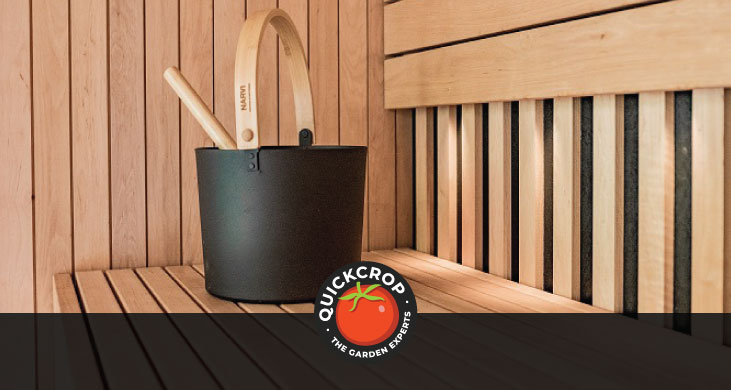
Kicking back and relaxing in your home sauna is going to be much easier once you know that everything is working smoothly and the structure is in good condition. The good news is that saunas can be relatively simple to maintain. Saunas create a dry heat environment where any moisture dissipates quickly. This means that there is less chance of damp problems.
Having said that, there are some things you should keep on top of in order to optimise your sauna experience, prevent wear or deterioration, and of course keep the space clean.
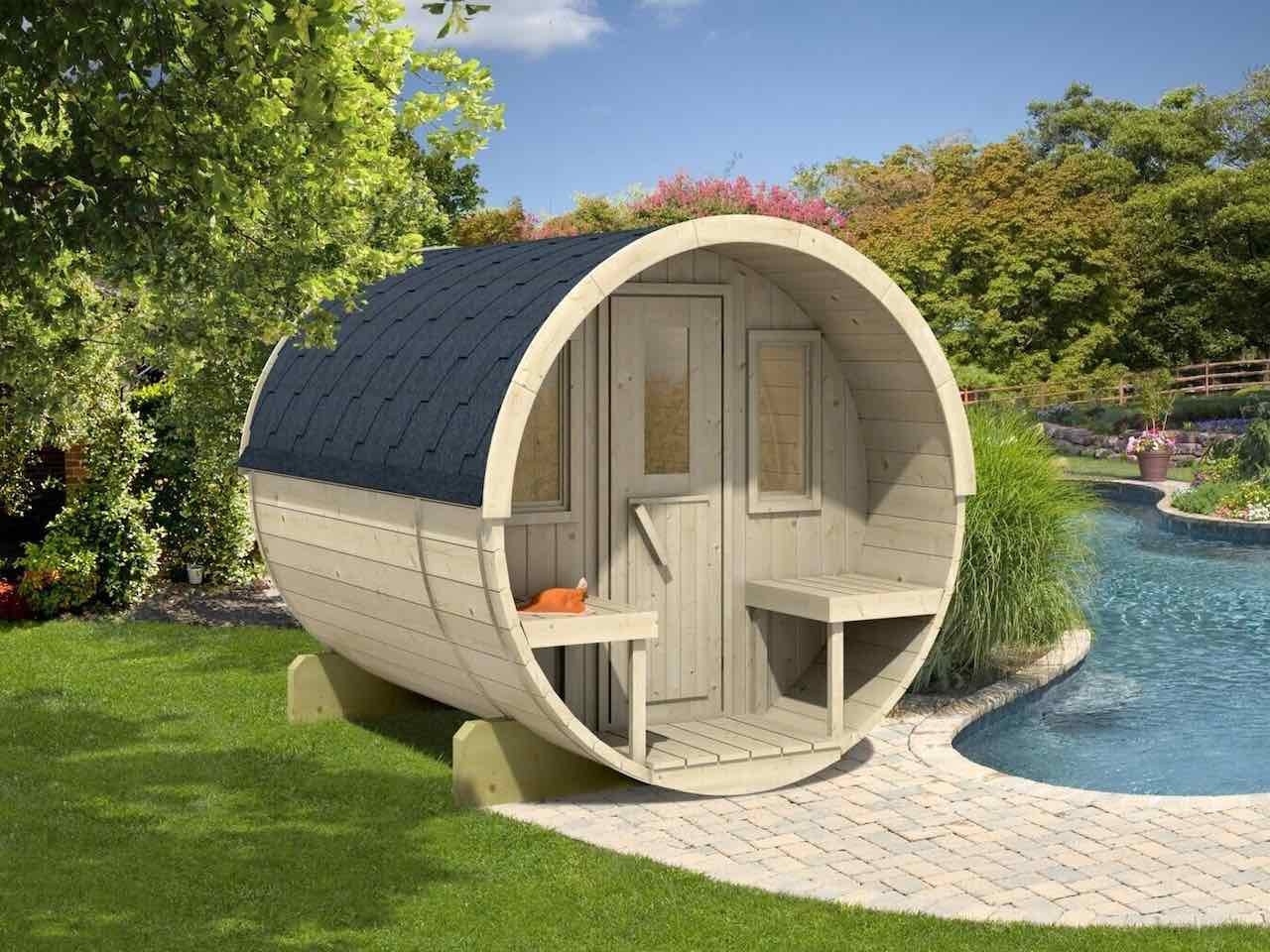
Wood Fired Barrel Sauna - 280
View Product
Good Habits
Prevention is often better than cure when it comes to hygiene, cleaning and maintenance. Get in the habit of giving the sauna floor a quick sweep after it’s been in use. Ensure that people take off any footwear so they don’t track in dust, dirt and debris. An extra hygienic habit to get into can be quickly washing the feet before entering: maybe have a basin placed at the door or in the adjoining changing room.
Place cotton towels under you to avoid the possibility of sweat stains on the benches. Sweep up any leaves left behind from sauna whisks (bundles of birch branches used to massage the skin).
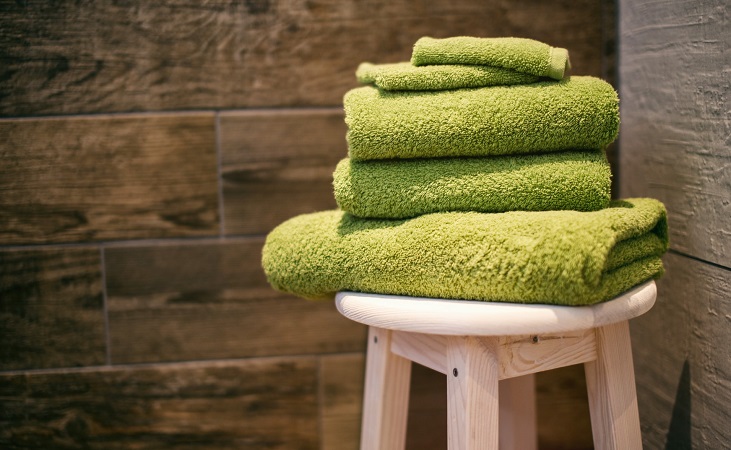
Cleaning
Regular cleaning of your sauna will prevent the build-up of dirt or bacteria and ensure that it’s a pleasant place to retreat to. How often you clean can depend on how regularly it’s used. Once a month is a good guideline, but if the sauna is being used daily then it may be necessary to clean more frequently.
Mild non-toxic cleaners are best. You absolutely don’t want to be introducing harsh chemicals to the interior of your sauna. You may just end up breathing in the fumes later when the sauna is heated up. Mild soaps or cider vinegar are good options. Check that the cleaning products you use are suitable for your interior surfaces (e.g. the type of wood). For stubborn stains, use a scrubbing brush or some sandpaper.

Thermo Pool Sauna
View ProductMake sure to pay extra attention to surfaces that are touched a lot, such as door knobs or ladle handles.
A low pressure washer can be used to clean the exterior of outdoor saunas, such as barrel saunas. This tool can also be used inside if you have some stubborn stains that aren’t shifting through other methods.
Roof Shingles
The addition of roof shingles can add some extra weather resistance to the exterior of outdoor saunas. This can be particularly beneficial when it comes to wooden barrel saunas, which tend to have one layer of wood overall. Barrel saunas are not usually insulated in the same way as other sauna types. Instead, their more circular design is intended to encourage more natural heat distribution, while the wooden material will retain heat as it expands. Roof shingles made from material like bitumen or asphalt can add an extra upper layer of insulation, but perhaps more importantly they will improve the sauna’s water resistance and longevity.

Should I Treat Wooden Saunas?
With outdoor saunas, the exterior will be exposed to changing weather conditions such as heat, snow, rain and wind. The question of whether to apply stains, sealers etc can depend on what type of wood your sauna is made from as well as the general climate conditions in your location. Cedar wood for example is extremely durable and weather-resistant, and it’s often not necessary to treat outdoor saunas made from this material. However you can use a UV-resistant sealant if you want to retain the sauna’s original appearance. When left untreated, Cedar or Thermowood will weather to a charming greyish patina. Sealants, stains or coats will require maintenance or re-application every so often.
Other sauna materials such as spruce or pine are less weather resistant, and will benefit from a protective exterior coating or from a thermal modification treatment (see below).

Wood Stain And Protect 1L
View ProductThe important thing to remember with stains is not to use them on the interior of the sauna. This also goes for varnish or paint. Volatile compounds or off-gassing can become an issue if these products are used internally.
Wooden surfaces on the inside of your sauna need to be able to breathe, or to expand and contract in response to the heat. Paraffin oil is often recommended for sauna interiors, and works well with heat treated wood such as Thermowood. It’s odourless and won’t release harmful fumes when exposed to heat. Paraffin oil soaks into the wood, protecting it from dirt and humidity while preventing cracking. It can also highlight wood tones.
Sauna benches should be cleaned and left to dry before applying any oil. Ideally, heat the sauna prior to treatment.
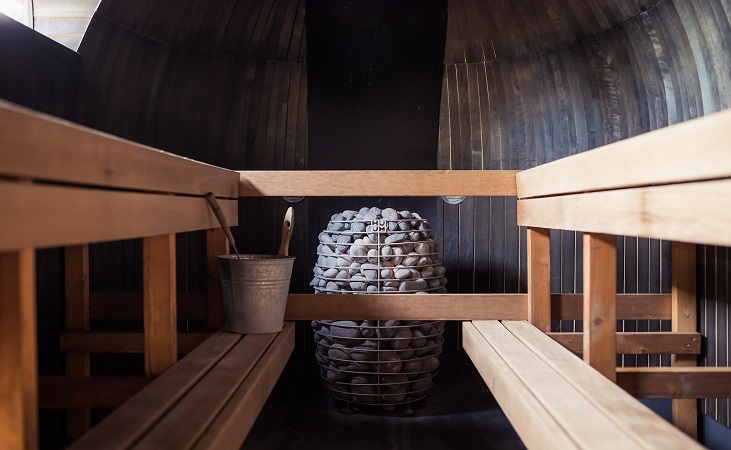
Thermowood: Thermowood is heat-treated timber. The process involves subjecting the wood to very high temperatures in an airless environment, which alters the chemical composition of the wood. Heat treating in this manner increases the long-term durability of the material as well as its resistance to mould, rot and decay. Many sauna suppliers will now provide you with a Thermowood option, if not actively encourage you to choose the treatment.
Related Article: Sauna Safety Tips
Ventilation
Effective ventilation is very important if you want your sauna performing optimally. If the space is not ventilating well, the air can become stale, bacteria can linger and heat dispersion will be more uneven. In a sauna with quality ventilation, breathing should always be comfortable and the air should always feel fresh.
Sauna ventilation can be mechanical or gravity-induced. Gravity-induced (or natural) ventilation relies on the process of warm air rising and being steadily replaced by fresh air drawn in through a vent. This is something you often see with barrel saunas. The circular design encourages beneficial airflow. Intake vents should always be below exhaust outlets, and preferably close to the heat source.

Terrace Sauna
View ProductMechanical ventilation will be needed for more modern types of saunas, such as those fitted into the interior of a house. Depending on the design of the sauna or how it is heated, this can be a more efficient method. With mechanical ventilation it’s best to check every so often that the system is operating correctly.
Sauna Stones
Most of the time stones will be included with your sauna heater. If you’re going for a self-build though, you should take into consideration what kind of stones or rocks are most suitable for the design of your sauna or the method of heating.
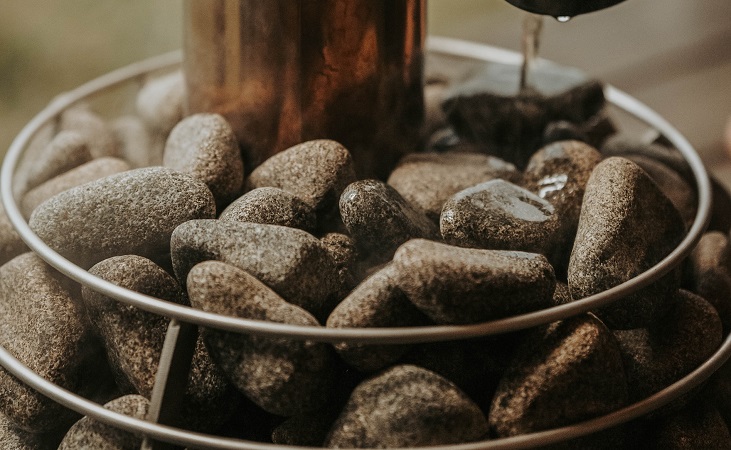
Sauna stones are designed to cope with temperature changes without cracking; nonetheless, over time heat and temperature fluctuations can cause some deterioration. Give them a check annually. First, make sure that everything is switched off. Remove them into a bucket or container, looking out for damaged ones. The most common visual pointers are if a stone is chipped or cracked, or if it has notably changed colour. When damaged stones aren’t replaced it can eventually affect airflow or the operation of the heater. When replacing stones, refer to the manufacturer instructions to ensure that you use ones that are suitable for your sauna.
Another thing to watch out for is that the heating coils have not been pushed out of position. Dirt, dust and debris can also gather towards the base of where the stones are arranged, so it’s beneficial to sweep this away every so often.
